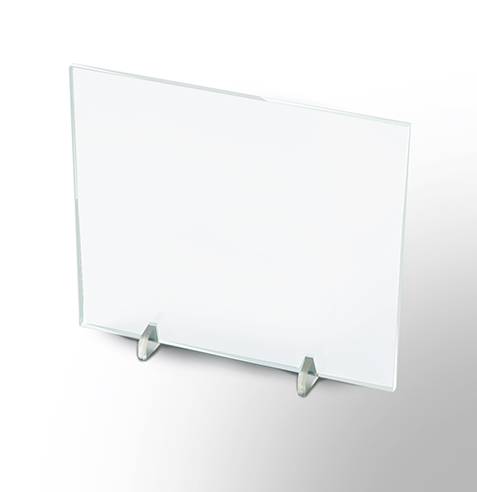
Sig® Body Tinted Glass
SIG’s Body-Tinted Glass, also known as Architectural-Tinted Glass, incorporates colorants throughout its composition during production. This deliberate presence of color modifiers changes the light transmittance properties, saturating the glass with a specific hue while maintaining good light admission. The combination of color offers aesthetic design possibilities and can also provide solar control benefits by selectively absorbing certain wavelengths of light.
Color
Size
Width: from 280 cm to 366 cm
Height: from 120 cm to 650 cm

Photos


SIG’s Body-Tinted Glass: A Chromatic Enhancement for Modern Applications
Production: Imbuing Color During Formation
The creation of SIG’s body-tinted glass leverages a variation of the float glass manufacturing process. Standard float glass utilizes a molten mixture mainly composed of silica sand, soda ash, and limestone. In body tinted glass production, metal oxides are introduced during the initial batching of raw materials. These metal oxides, typically mixtures of cobalt, nickel, or selenium, are precisely added into the molten mix. As the molten glass spreads and solidifies on the molten tin bath, the metal oxides become homogeneously dispersed throughout the glass matrix. This even distribution ensures consistent coloration throughout the entire glass body. The subsequent stages of the float process, including annealing and cutting, remain largely similar to clear float glass production.

Key Properties and Distinctive Features
SIG’s Reflective glass possesses several unique properties that distinguish it from clear float glass:
- Mirror-Like Reflection: The metallic coating imparts a mirror-like quality to the coated surface. This allows for reflection of the surrounding environment, creating a visually impactful facade or offering a degree of privacy while maintaining outward visibility.
- Solar Control: The reflective coating absorbs and reflects a portion of the solar spectrum, depending on the type and thickness of the coating. This helps regulate interior temperature, reduce glare, and contribute to improved energy efficiency within buildings.
- Appearance and Aesthetics: SIG’s reflective glass offers a variety of aesthetic effects depending on the chosen coating and its transparency. Highly reflective coatings create a mirrored facade, while lower reflectivity allows for a glimpse into the interior, offering a more subtle aesthetic enhancement.
- Visual Privacy: The one-way mirror effect inherent in SIG’s reflective glass provides a degree of privacy for building occupants during daylight hours. The mirrored surface reflects the exterior environment, while those outside see a distorted reflection, providing a sense of privacy without sacrificing natural light transmission.

Applications: Balancing Functionality and Aesthetics
- Exterior Cladding: SIG’s reflective glass is a popular choice for building facades, curtain walls, and spandrel panels. The mirrored surface creates a conspicuous visual statement, while the solar control properties contribute to energy efficiency.
- High-Rise Buildings: SIG’s reflective glass is often used in high-rise buildings due to its ability to reduce solar heat gain and glare, improving occupant comfort and reducing energy consumption for cooling.
- Urban Design: The use of SIG’s reflective glass in urban environments can create a dynamic interplay of light and reflection, adding a modern aesthetic to the cityscape.
- Privacy Applications: SIG’s reflective glass can be employed for windows or partitions in situations where a degree of privacy is desired while maintaining natural light penetration. This can be beneficial for office spaces, conference rooms, or retail display areas.
SIG's reflective glass provides a idiosyncratic blend of aesthetics, functionality, and solar control features. Through the integration of a delicate metallic coating, it turns normal float glass into a visually appealing and eco-friendly construction material. SIG's reflective glass is utilized by architects and designers to craft impressive facades, improve occupant well-being, and enrich the overall visual appeal of architectural structures.







